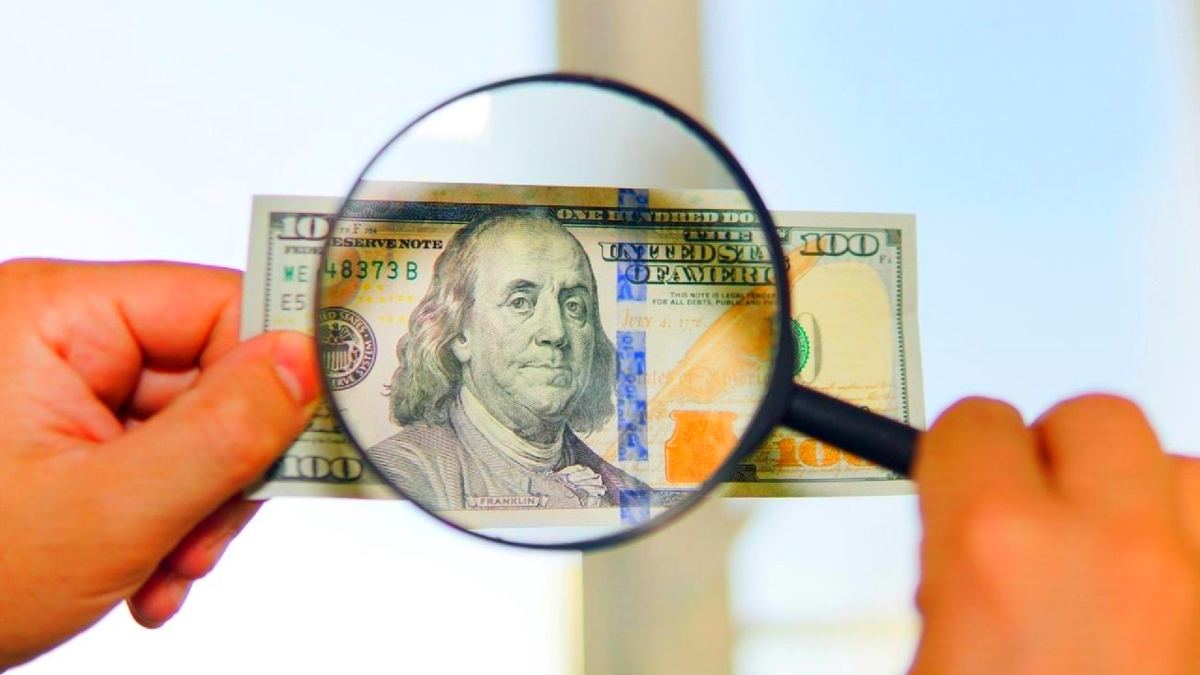“I can do that too,” said Emmy Haesele when Oscar AH Schmitz showed her drawings in 1931 that he had made in his painting therapy with CG Jung. That was when the then 37-year-old began to draw intensively for the first time.
And she should be more than proved right: even if she is largely forgotten today, she is one of the most important late expressionists in Austria – alongside capacunds like Oskar Kokoschka and Alfred Kubin. The latter met the wife of a doctor who had grown up in Vienna and who had a practice in the Salzburg community of Unken through Kubin’s brother-in-law Oscar Schmitz. In 1932 she traveled with her husband to see Kubin in Zwickledt. From then on, an intense relationship began: although they were both married, they soon became lovers, before he abruptly broke off the liaison in 1936. Haesele’s mentor remained decisive for her work for a long time before she developed her own style.
Now the Linz Art Museum Lentos is showing an extensive exhibition with 132 works by Emmy Haesele. “We want to show her here as an independent artist apart from her relationship with Alfred Kubin,” says director Hemma Schmutz. Around 130 drawings and lithographs from around 700 works can be seen until October 3rd. The occasion is a donation of diaries and letters that the Lentos received from a Salzburg gallery owner.
The works shown document an eventful life: Haesele, who grew up in middle-class circles, was considered introverted and inquisitive. During the Second World War, the mother of two children, who sympathized with the Nazi regime, lost her son and husband. After the war she was imprisoned for a year and turned away from the Nazi regime. From 1948 she lived with her sister in Bad Aussee, in 1956 she moved to Vienna to look after her mother, before moving to her daughter Mesi in Bad Leonfelden in 1979, where she died in 1987.
The exhibition at Lentos traces Haesele’s development based on her works and notes, from the first colored pencil drawings from the 1930s to the lithographs inspired by Kubin to the portrayal of her very personal themes such as the suffering of the post-war period or her beliefs. “For a long time she thought she had broken up her family and suffered a lot from it,” says curator Brigitte Reutner-Doneus. Haesele found healing in faith and art. The harlequin appears again and again in her works. “That was her wild card,” says the curator. A figure who means well with people: “And with her.” (hes)
David William is a talented author who has made a name for himself in the world of writing. He is a professional author who writes on a wide range of topics, from general interest to opinion news. David is currently working as a writer at 24 hours worlds where he brings his unique perspective and in-depth research to his articles, making them both informative and engaging.



